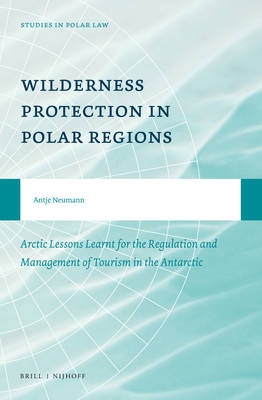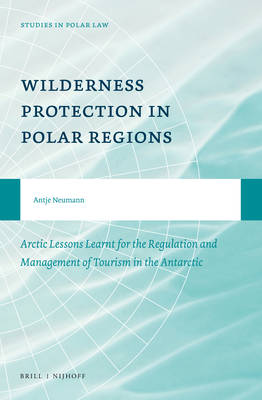
- Afhalen na 1 uur in een winkel met voorraad
- Gratis thuislevering in België vanaf € 30
- Ruim aanbod met 7 miljoen producten
- Afhalen na 1 uur in een winkel met voorraad
- Gratis thuislevering in België vanaf € 30
- Ruim aanbod met 7 miljoen producten
Zoeken
Wilderness Protection in Polar Regions
Arctic Lessons Learnt for the Regulation and Management of Tourism in the Antarctic
Antje Neumann
€ 430,45
+ 860 punten
Omschrijving
Antarctica's wilderness values, even though specifically recognized by the Environmental Protocol to the Antarctic Treaty, are rarely considered in practice. This deficiency is especially apparent with regard to a more and more increasing human footprint caused, among others, by a growing number of tourists visiting the region and conducting a broad variety of activities.
On the basis of a detailed study of three Arctic wilderness areas - the Hammastunturi Wilderness Reserve (Finland), the Archipelago of Svalbard (Norway) and the Denali National Park and Preserve (Alaska, United States) - as well as the relevant policies and legislation in these countries, Antje Neumann identifies numerous 'lessons learnt' that can serve as suggestions for improving the protection of wilderness in Antarctica.
On the basis of a detailed study of three Arctic wilderness areas - the Hammastunturi Wilderness Reserve (Finland), the Archipelago of Svalbard (Norway) and the Denali National Park and Preserve (Alaska, United States) - as well as the relevant policies and legislation in these countries, Antje Neumann identifies numerous 'lessons learnt' that can serve as suggestions for improving the protection of wilderness in Antarctica.
Specificaties
Betrokkenen
- Auteur(s):
- Uitgeverij:
Inhoud
- Aantal bladzijden:
- 548
- Taal:
- Engels
- Reeks:
- Reeksnummer:
- nr. 2
Eigenschappen
- Productcode (EAN):
- 9789004416062
- Verschijningsdatum:
- 16/04/2020
- Uitvoering:
- Hardcover
- Formaat:
- Genaaid
- Afmetingen:
- 157 mm x 236 mm
- Gewicht:
- 907 g

Alleen bij Standaard Boekhandel
+ 860 punten op je klantenkaart van Standaard Boekhandel
Beoordelingen
We publiceren alleen reviews die voldoen aan de voorwaarden voor reviews. Bekijk onze voorwaarden voor reviews.








